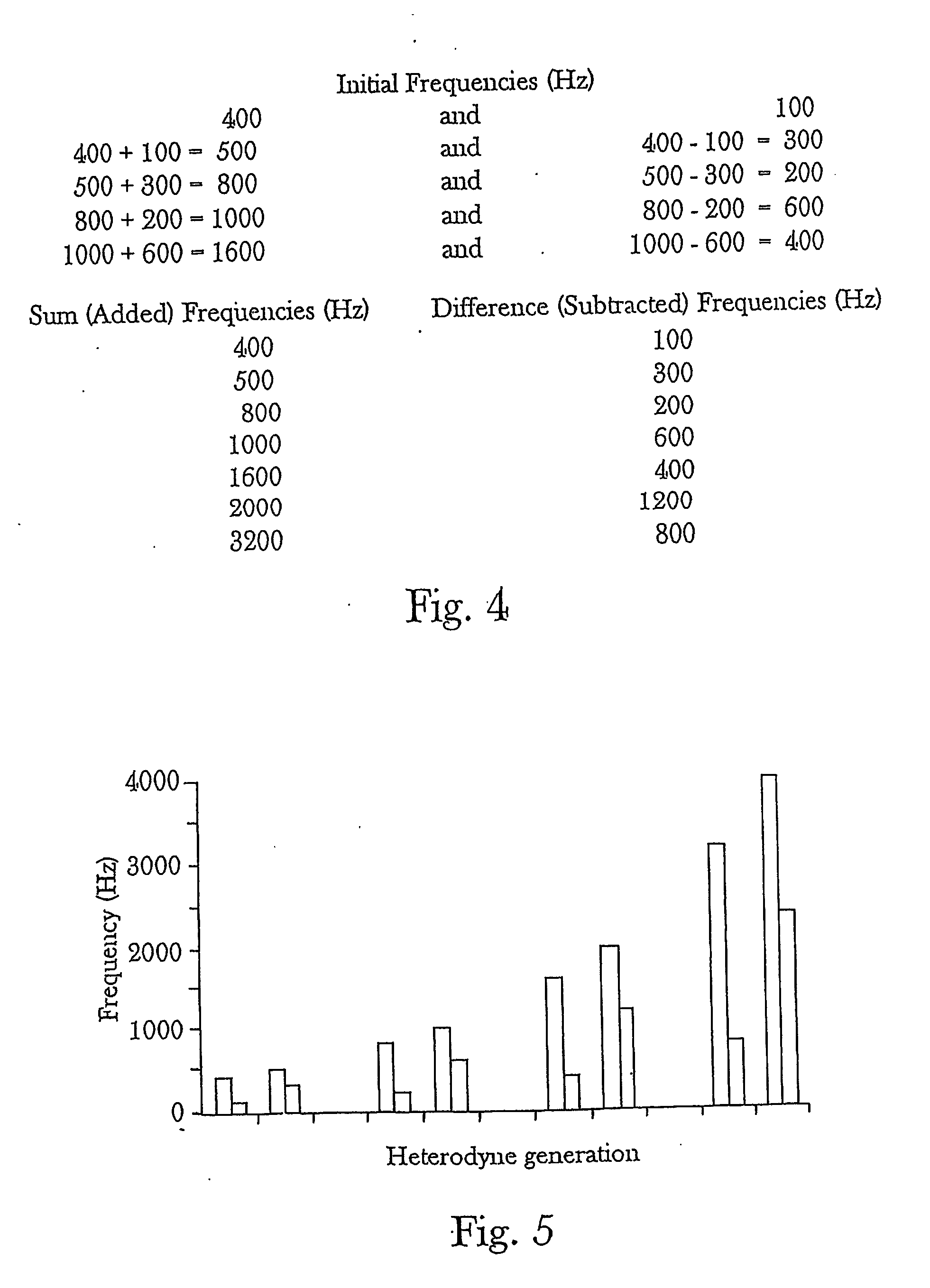Methods for controlling crystal growth, crystallization, structures and phases in materials and systems
a technology of crystal growth and structure, applied in the direction of crystallization regulation/control, crystallization auxiliary selection, separation processes, etc., can solve the problems of large size, inability to achieve equilibrium conditions in most systems, and inability to explain satisfactorily the relevant crystal growth mechanism of various proposed models or theories
- Summary
- Abstract
- Description
- Claims
- Application Information
AI Technical Summary
Benefits of technology
Problems solved by technology
Method used
Image
Examples
example 1
Enhancing the Growth of Sodium Chloride Crystals
[0947] This Example shows that the growth of crystals of NaCl was enhanced by applying electromagnetic energy from a commercially available 70-watt high-pressure sodium bulb to a saturated solution of sodium chloride. Specifically, as shown schematically in FIG. 88, a glass beaker 200 was divided substantially in half vertically by a divider or membrane 201. The divider or membrane 201 was not completely liquid-tight at the points where it contacted the glass beaker 200. Thus, ions were capable of migrating around and / or underneath the membrane 201 to permit substantially equivalent ion concentrations at any point in the beaker 200. However, the membrane 201 itself was substantially impervious to visible light frequencies. In particular, the membrane 201 was comprised of a paper-backed acetate material which is similar to the material used for creating overhead projector transparencies. A saturated solution of sodium chloride 202 was ...
example 2
Enhancing the Crystal Growth of Sodium Chloride
[0951] This Example shows that the growth of crystals of NaCl was enhanced by applying electromagnetic energy from a commercially available 70-watt high pressure sodium bulb to a saturated solution of sodium chloride; compared to crystal growth achieved with electromagnetic energy of a similar intensity but a different wavelength or frequency (e.g., provided by a tungsten light source).
[0952] Specifically, FIG. 90 shows a schematic representation of an assembly similar to that assembly used in Example 1. In particular, a slide 206, contained a small amount of a saturated solution 202 of sodium chloride thereon. The saturated solution of sodium chloride 202 was prepared by the same conventional techniques discussed in Example 1. A small amount of saturated solution 202 was placed onto the slide 206. As discussed in Example 1, the saturated solution 202 was made at a temperature about 45° C. The solution 202 was transferred to the slide...
example 3
Enhancing the Growth of Potassium Dihydrogen Phosphate Cyrstals
[0958] The procedures of Example 1 were followed except for the following differences. Rather than forming a saturated solution of NaCl in water, a saturated solution of “KDP” (Potassium Dihydrogen Phosphate) was formed. The KDP (molecular weight 136.1) was obtained from Baker Analyzed Reagents (Stock #1-3246; Bakers Company in Phillipsburg, N.J.). Further, a potassium light source (Thermo Oriel, 10 W spectral line potassium lamp #65070; lamp mount #65160 and spectral lamp power supply #65150) was used rather than the sodium light source. Moreover, the membrane 201 divided the beaker 202 into four sections rather than two. The potassium source light was introduced to only one portion of the beaker 202. Growth of KDP crystals was observed only in the section of the beaker 202 which had the potassium light incident thereon. Absolutely no KDP crystal growth began in any of the three other chambers in the beaker 202 under t...
PUM
| Property | Measurement | Unit |
|---|---|---|
| Temperature | aaaaa | aaaaa |
| Mass | aaaaa | aaaaa |
| Size | aaaaa | aaaaa |
Abstract
Description
Claims
Application Information
 Login to View More
Login to View More - R&D
- Intellectual Property
- Life Sciences
- Materials
- Tech Scout
- Unparalleled Data Quality
- Higher Quality Content
- 60% Fewer Hallucinations
Browse by: Latest US Patents, China's latest patents, Technical Efficacy Thesaurus, Application Domain, Technology Topic, Popular Technical Reports.
© 2025 PatSnap. All rights reserved.Legal|Privacy policy|Modern Slavery Act Transparency Statement|Sitemap|About US| Contact US: help@patsnap.com



